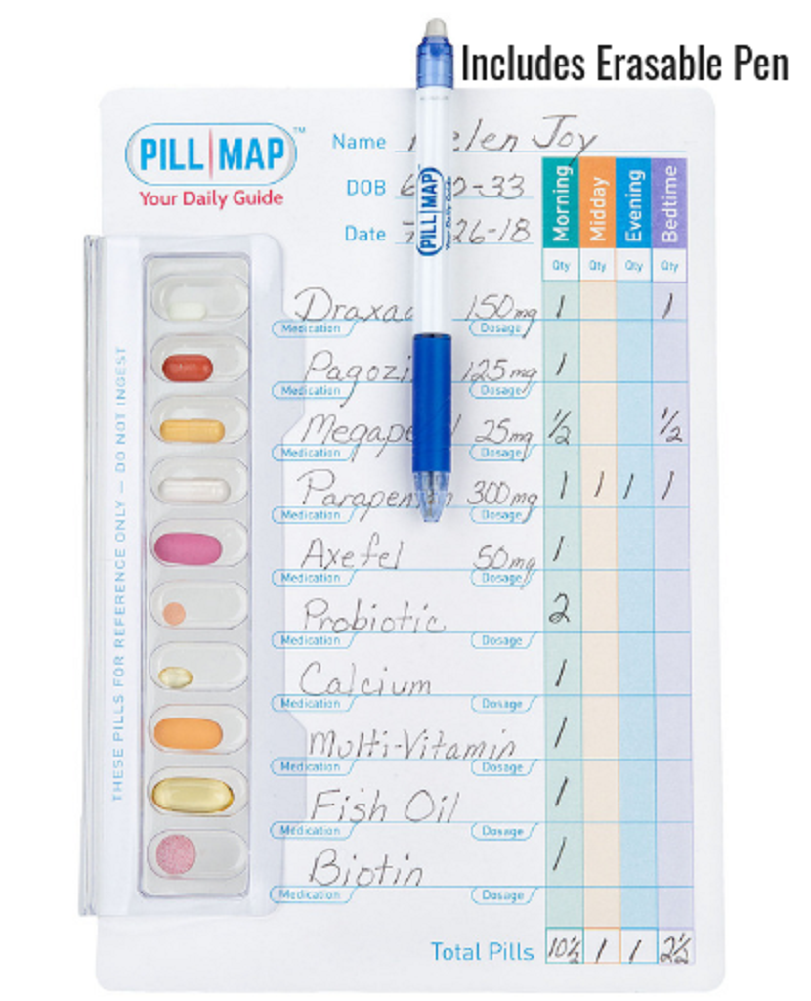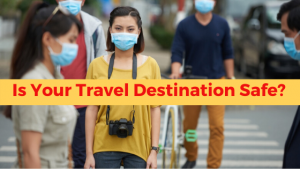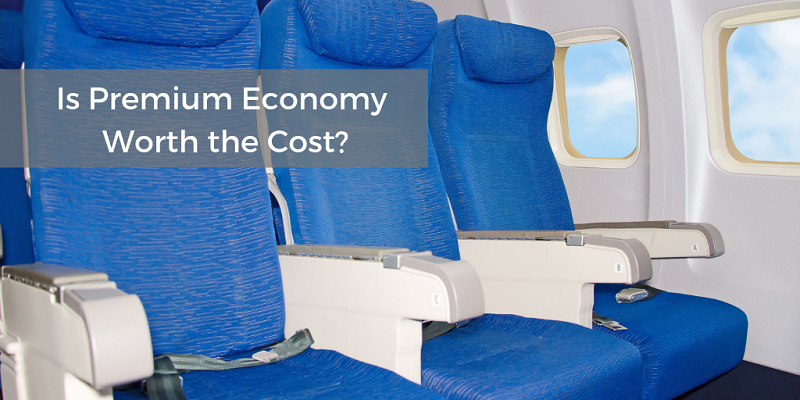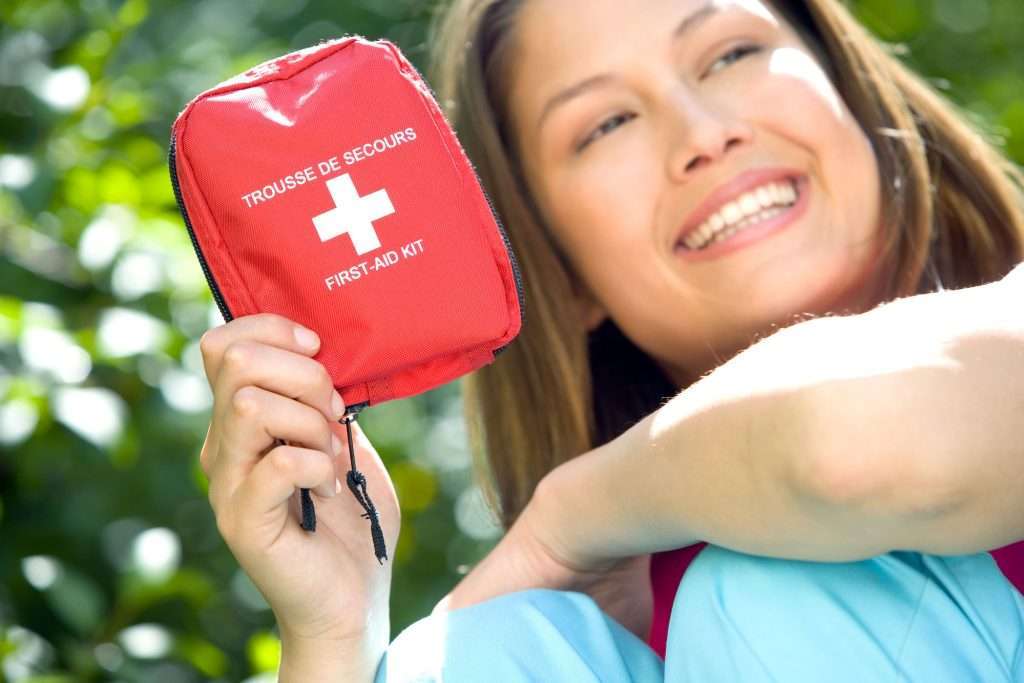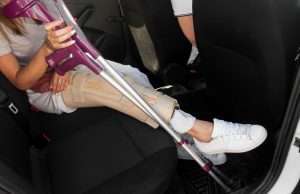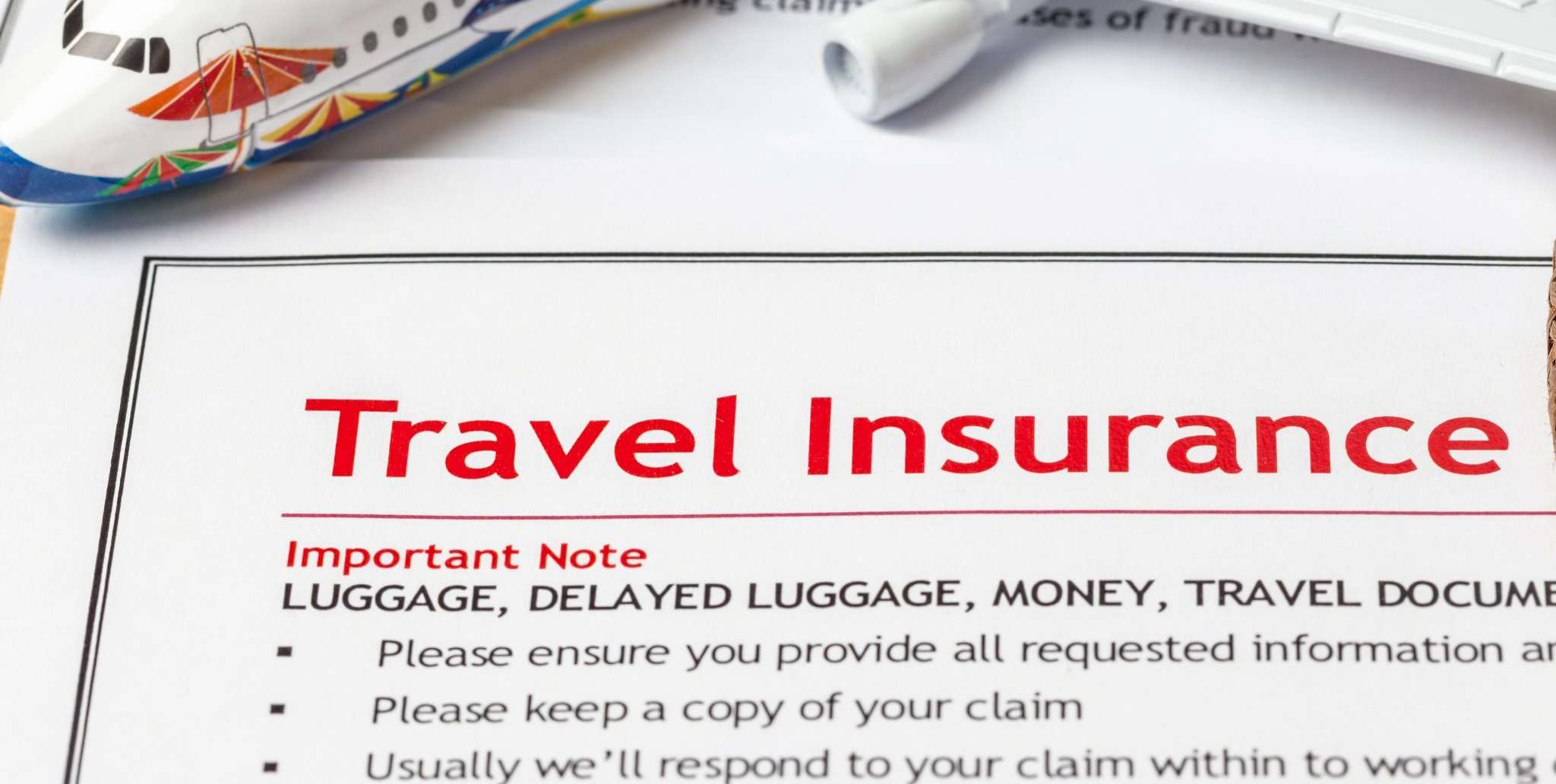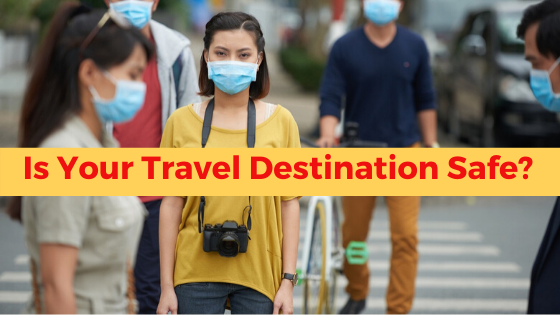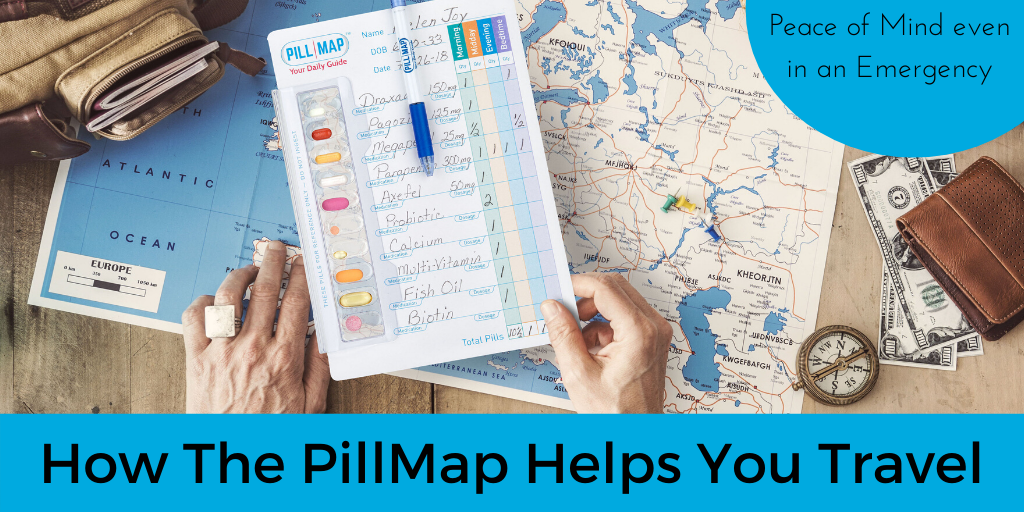Welcome to Kimber Westmore, inventor of the PillMap a new and clever item to simplify life and travel. Read how the PillMap solves a problem for people taking multiple medications with a management system that easily updates as medications change. This could be a lifesaver!
Article by Kimber Westmore
PillMapTM – Don’t Fly Without it!
Did you know that 43 percent of Americans take at least one prescription medication each day? Seventeen percent take at least three. And even people who pop as few pills as possible typically pack extra medication in anticipation of out-of-the-ordinary circumstances. For instance, you may not regularly take allergy meds but carry them as a precaution when traveling to a new city. Or, it may be a good idea to pack anti-nausea medication if you’re heading somewhere with an unfamiliar fare. With so much medication to manage, make sure you take extra care when it comes to packing and traveling with pills. The inexpensive, easy solution for managing medications on the road or at home is PillMapTM.
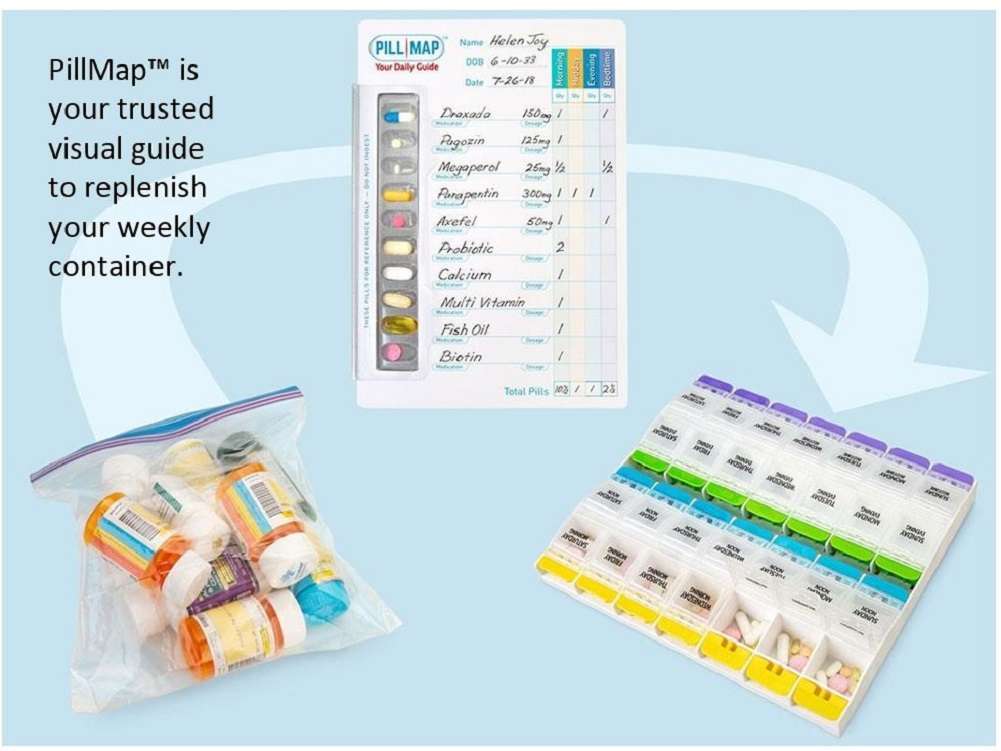
Before Your Trip-Up Date Your Pillmap
- Gather all of your medications, including extras that are not part of your normal routine.
- For each med, add the generic name of the drug and purpose under the line on each cardboard card. For example, under Prodaxa (which is the manufacturer’s name), write “Dabigatran” and a description, such as “blood thinner.”) This will help in the event replacements are necessary if your travels take you to another country.
- Once you have completed the card, take a picture of the front and back of it to send to family members. This will help if they need to speak to doctors or pharmacists on your behalf in the event of an emergency.
The PillMap Speeds Up Travel
- Speed things up at TSA. Up your game by presenting agents with a completed PillMapTM. TSA and Customs’ agents can use the card to cross-check any pills you might be carrying in baggies or pillboxes. Bring a list of your prescriptions, as well, to further speed the process.
- Reduce stress. Travel often involves ever-changing time zones, demanding schedules, mentally draining meetings and even much-needed relaxation by the pool. All of these can lead to the perfect storm in terms of thoughtful medication mismanagement. Keep PillMapTM in your hotel room for easy reference.
About PillMapTM
PillMapTM takes the guesswork out of medication management. It is easily customizable to fit patient and caregiver needs, including maintaining consistency and safety in hand-offs between multiple caregivers. We’ve poured our learning and our care into PillMap™. We want you to put your time and your attention to the one you love, instead of pill bottles. Don’t take a chance with your loved one’s health. Order PillMapTM today.
Medications change? No problem. PillMapTM is easy to re-customize with new meds or routines. With a pocket for a visual sample pill to make sure the meds are correct, PillMapTM was designed for once-a-day meds or multiple medications throughout the day. You customize it to your needs! It is simple to use, highly affordable, and puts you in control.
PillMap Helps First Responders
During an emergency first responders and medical personnel need to know which medications a patient is on. Rest easy knowing you, or your loved one just need to hand over the PillMap to the first responder.
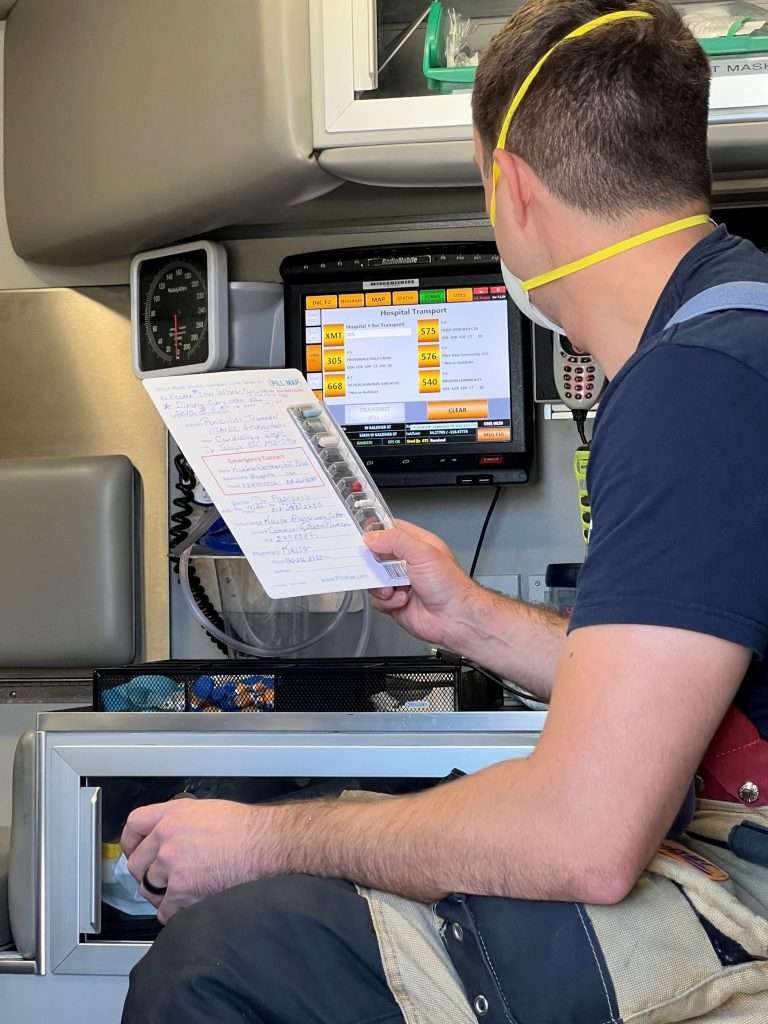
More Articles You May Like



